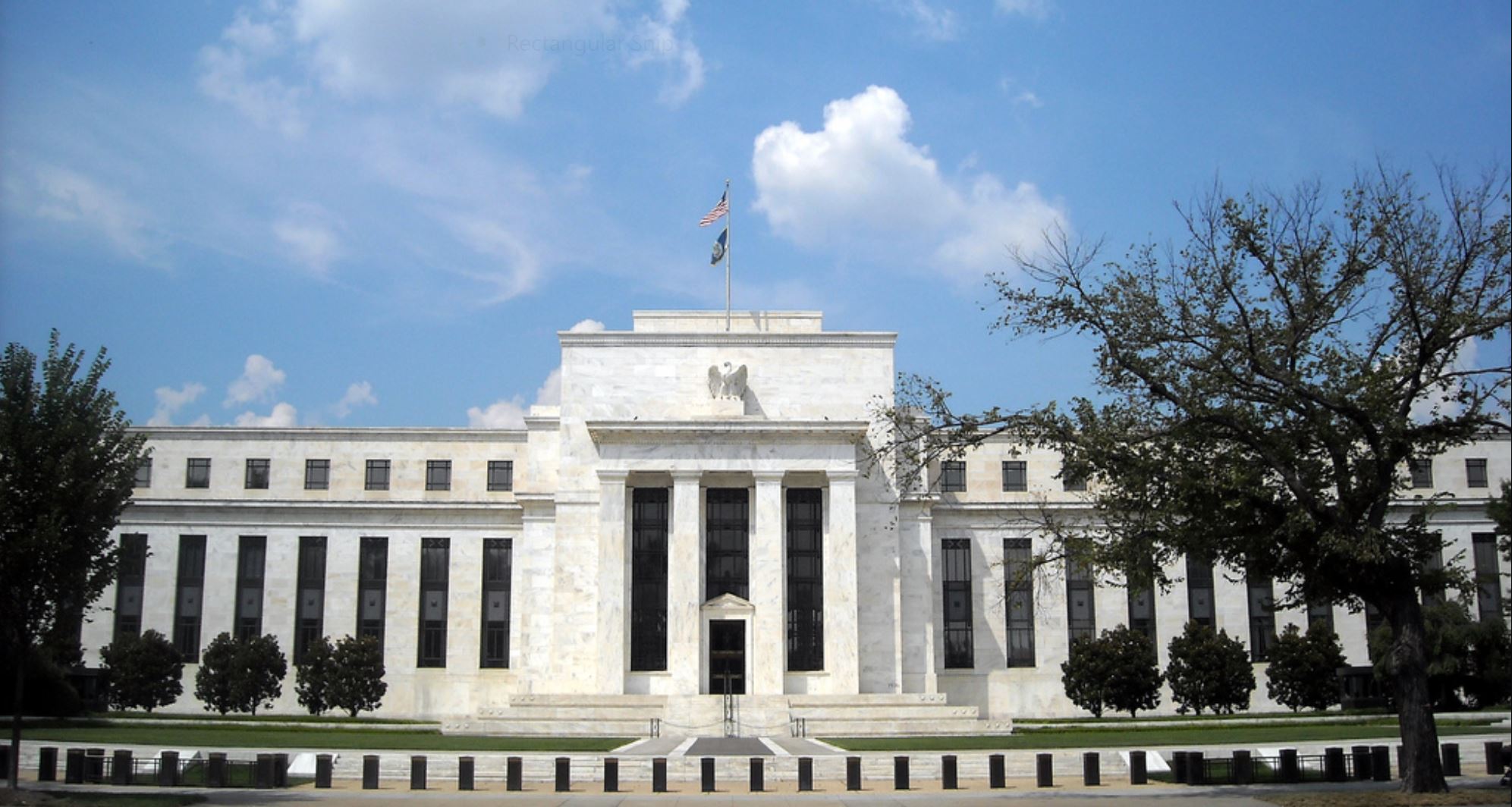Why More is Merrier in Europe
| By Fórmate a Fondo | 0 Comentarios
Multi-asset funds are set to stay at the top of European inflow tables, as the bond rout of the spring and August’s equities plunge serve as reminders of the dangers of being stuck in one asset class, according to the latest issue of The Cerulli Edge – Global Edition.
Cerulli Associates, a global analytics firm, believes there may yet be opportunities for asset managers to launch more multi-asset products, especially in the passive space. It notes that more advisors are recommending this funds, despite previous concerns that asset allocation products were usurping their role. Following the Retail Distribution Review (RDR) in the United Kingdom, many advisors are outsourcing asset allocation and find multi-asset products the best solution.
By highlighting the cost of advisors, the RDR may have also inadvertently boosted MA funds. Cerulli says that more investors, whether pension-oriented or not, are going down the direct-to-consumer route and MA funds offer cheap access to a range of asset classes, often through low-cost platforms.
“Asset management companies should not be reluctant to take risks and differentiate themselves from the crowd. For the best, the rewards can be significant, even with products that are largely fettered funds of funds,” says Brian Gorman, an analyst at Cerulli.
With investors abandoning low-yielding products in favor of better, but safe, returns, flows into multi-asset funds in the first half of 2015 alone, at €123.9 billion (US$137.5 billion), almost matched those for last year as a whole, and were about five times those of the 12 months of 2012. For established asset managers with expertise across asset classes, existing products can easily be leveraged to offer MA funds.
However, there is not universal enthusiasm. Several wealth managers have told Cerulli that they are not recommending MA funds, with some advisors preferring to retain control of the asset allocation process, despite the increased burdens of RDR. Another common complaint concerns the complexity of the product.
“Some investors, and even advisors, say MA funds are hard to understand,” says Barbara Wall, Europe research director at Cerulli. “If advisors do not know what is going on with a fund, it may conflict with the asset allocation they are trying to effect through other products they are recommending for their clients.”
There is some skepticism as to whether the U.K. pensions revolution introduced this year represents a bonanza for fund providers. Acknowledging that considerable scale may be required to realize a significant gain, Cerulli maintains that the downside is minimal, especially for firms that can set-up suitable low-cost products. It believes that the balance of probability is in favor of such funds offering sizeable opportunities for asset managers.
While the RDR driver for MA is not yet as strong in most of Continental Europe as it is in the United Kingdom, some asset managers say change is on its way. One told Cerulli it had already seen a trend of retail banks, aware the days of retrocessions are coming to an end, setting up their own MA products. They are also seeking firms to act for them as subadvisors.
Other Findings:
- Increasing headcount is on the agenda in the United States as institutional sales managers at large and small asset managers respond to the changing needs and expectations of clients. Cerulli notes that increasing client-service roles is particularly important. Experts are required, as is greater collaboration between teams, says the global analytics firm.
- In charting the fund-buying journey of more than 70,000 individuals in 11 jurisdictions across Asia, Cerulli has observed the importance of trust and the explosive growth of online direct-to-consumer platforms. Regular income/dividend payout is key for investors in the region. Cerulli notes that a clear and well-executed digital strategy is crucial for marketing success.
- Regulatory risk is inhibiting asset managers in Europe and the United Kingdom, while potential disruptors are deterred by regulatory requirements and reputational damage, says Cerulli. It warns that asset managers slow to embrace mobile technology risk disruption from alternative distribution channels, where the emphasis is less on buying products–which the industry is comfortable with–and more on engaging and empowering customers.







